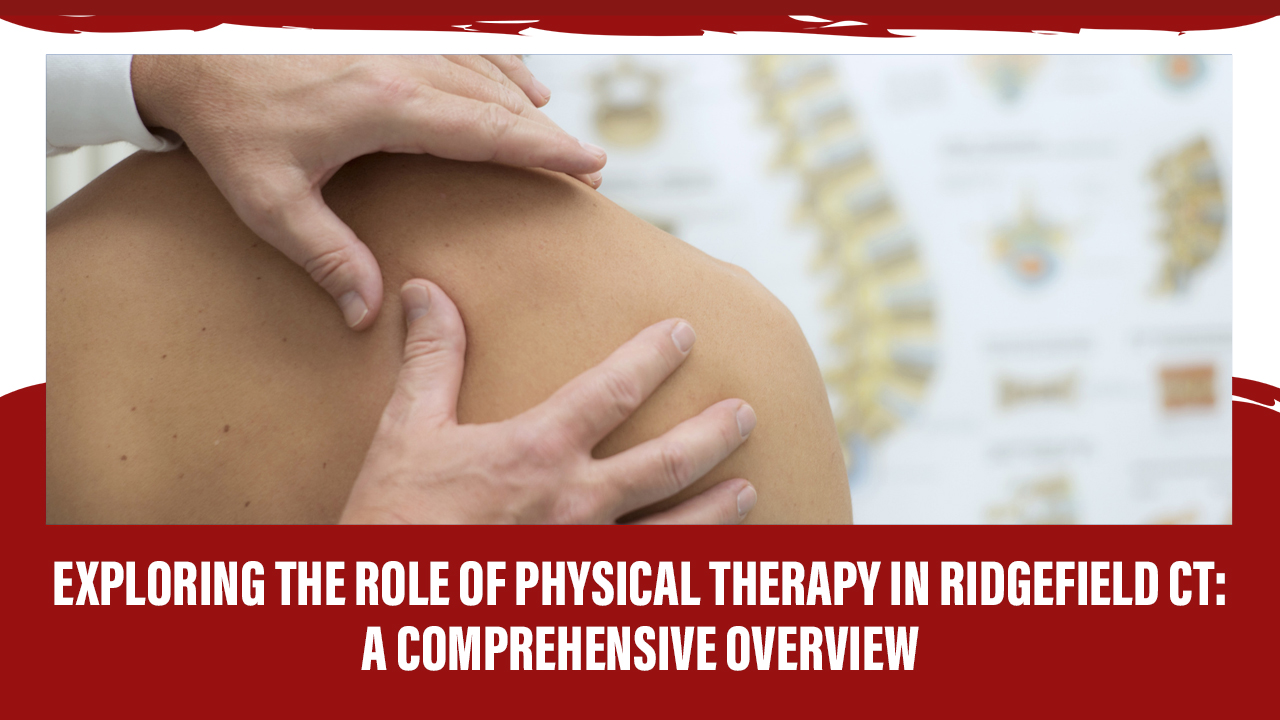Best Chiropractor In CT: Expert Care Or Your Well-Being

Chiropractic care, a holistic approach to healthcare, focuses on diagnosing and treating musculoskeletal disorders, particularly spinal issues, through manual adjustments and manipulations. The importance of finding the best chiropractor in CT cannot be overstated, as the effectiveness of treatment heavily relies on the expertise and skill of the practitioner. In Connecticut, where residents seek top-notch […]
Unlocking The Healing Potential Of Acupressure Chiropractic Care

Conclusion In the pursuit of holistic well-being and pain relief, the role of acupressure chiropractic care stands as a beacon of natural healing and personalized care. Through the integration of ancient wisdom with modern techniques, these practitioners offer a unique approach that addresses not just the symptoms, but also the underlying causes of discomfort and […]
Guide To Acupressure Chiropractor Care: Benefits & Methods

Acupressure and chiropractic care are two holistic healthcare modalities that focus on promoting wellness and alleviating various health issues. Acupressure involves applying pressure to specific points on the body to stimulate natural healing processes, rooted in traditional Chinese medicine. On the other hand, chiropractic care primarily focuses on the alignment of the spine and musculoskeletal […]
Exploring The Role Of Physical Therapy In Ridgefield CT: A Comprehensive Overview

Conclusion: In conclusion, our comprehensive exploration of the role of physical therapy in Ridgefield CT, reveals its profound impact on the health and well-being of the community. Situated within the tranquil landscapes of Fairfield County, Ridgefield exudes a charm that extends to its vibrant local economy and robust healthcare services. Amidst this backdrop, physical therapy […]
Optimize Your Health With Physical Therapy In Ridgefield CT

The charming town of Ridgefield, Connecticut, is tucked away in Fairfield County and has a vibrant local economy. In this tranquil environment, there is a strong focus on medical services, with physical therapy playing a crucial role in improving the health of the residents. Physical therapy is an essential part of healthcare delivery in Ridgefield, […]
Innovative Approaches To Physical Therapy In Ridgefield CT

Conclusion: In conclusion, the exploration of innovative approaches to physical therapy reveals a dynamic landscape of healthcare evolution, where personalized treatment and cutting-edge modalities intersect to empower individuals on their path to wellness. Throughout this discourse, we’ve uncovered the multifaceted role of physical therapy in promoting health, restoring function, and enhancing quality of life for […]
Expert Services Of Physical Therapy In Ridgefield CT

Physical therapy in Ridgefield CT, is pivotal in promoting health and wellness by utilizing specialized techniques and modalities to restore mobility and functionality. Physical therapy, defined as the treatment of injury, disease, or deformity through physical methods such as exercise, massage, and manipulation, is indispensable in healthcare for its ability to alleviate pain, prevent further […]
Integrating Chiropractic Treatments Into Your Wellness Routine

Conclusion: In conclusion, Chiropractic Treatments stands as a cornerstone of holistic healthcare, offering individuals a path to wellness that focuses on the body’s innate ability to heal itself. Originating in the late 19th century, chiropractic care has evolved into a globally recognized profession, emphasizing the importance of proper spinal alignment and nervous system function. Through […]
Effective Chiropractic Treatment For Pain Relief & Wellness

Chiropractic treatment, practiced by chiropractors, is a form of alternative medicine that focuses on diagnosing and treating mechanical disorders of the musculoskeletal system, particularly the spine. Dating back to the late 19th century, chiropractic care has evolved from its roots in the United States to become a widely recognized healthcare profession globally. The primary aim […]
Holistic Approaches To Low Back Pain Relief In Ridgefield CT

Conclusion: In conclusion, Ridgefield Chiropractic & Wellness Center stands as a beacon of holistic approaches to low back pain relief In Ridgefield CT, offering a myriad of effective and integrated solutions aimed at addressing the multifaceted nature of this common ailment. By embracing holistic modalities such as chiropractic care, acupuncture, massage therapy, exercise programs, ergonomic […]
